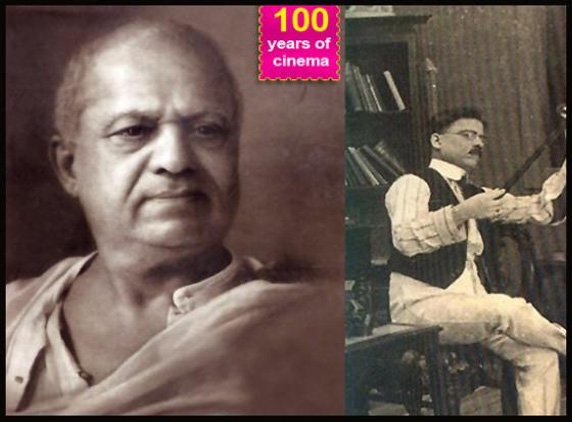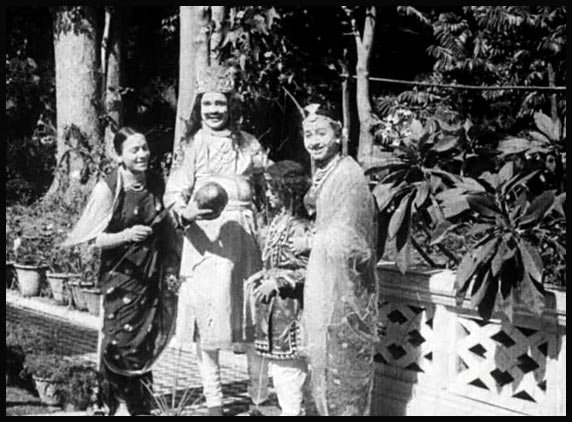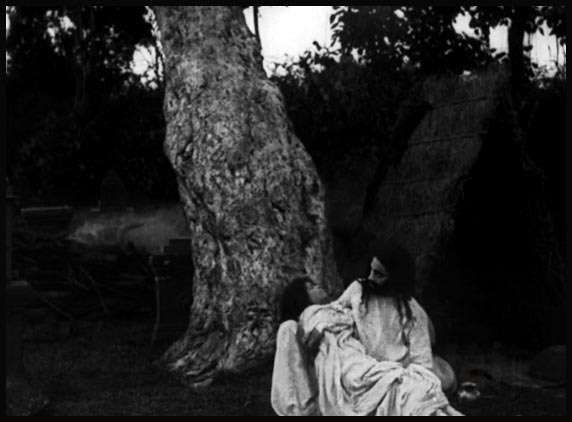
Dadasaheb Phalke made history with Raja Harishchandra 100 years ago
Arousing a feeling of interest, it all commenced when Dhundiraj Govind Phalke popularly known as Dadasaheb Phalke said "lights, camera, action" a century ago. Furthermore, on May 3, 1913, Raja Harishchandra, India's first feature film, released and was declared a hit. It was the beginning of an industry that would snowball into a power while defining India's popular culture like no other.
Now, a 100 years later, it's a splendid opportunity to know some of the facts about the film that it all:

Inspired to become a filmmaker
Dhundiraj Govind Phalke worked in the Archaelogical Society of India and then as a printer before staking everything he had on making a film. He was inspired to become a filmmaker by 1902 French movie The Life Of Christ, which he saw twice on the same day.
In fact, Dadasaheb Phalke quit his printing press career and went to London to learn the technicals of making a movie. He bought a camera, a printing machine, a perforator and raw film. Having as an outcome of advertisements seeking handsome actors for the lead role brought so much amateur and unsuitable talent that Dadasaheb Phalke was forced to add a line saying "ugly faces need not apply."
Dadasaheb Phalke was forced to cast a male actor, Anna Salunke, in the role of queen Taramati because acting was not considered a decent profession for women. He was known to have found Anna Salunke in a restaurant, working as a cook. His only female applicants for the role were prostitutes from Mumbai's red-light areas, but even they backed out eventually. The success of Raja Harishchandra meant that for his second film, Mohini Bhasmasur, Dadasaheb Phalke had no trouble finding actresses for the female roles. His cast and crew were told to say they were working in Dadasaheb's "factory" while filming took place.
The film- Raja Harishchandra
Fact-fully, Dadasaheb Phalke was 40 when he made Raja Harishchandra, and some of his friends were convinced he was mad, even trying to have him admitted to an asylum.
Dadasaheb Phalke regarded his life insurance policies as a security while his wife sold her jewellery to raise money for the film. Raja Harishchandra was partly shot in Mathura Bhawan in Dadar, on a road now renamed Dadasaheb Phalke Road. The film's outdoor scenes were shot in a village near Pune, where the villagers reportedly mistook the prop swords for real ones and that the title plates that were inserted in between the silent scenes were in English and in Hindi.
As an interesting fact, Dadasaheb's entire family took part in the making of Raja Harishchandra, with his wife handling much of the technical details while his son playing a major role in the film, that of Harishchandra's son.
In order to seek the favour of his audience away from the stage to the screen, Dadasaheb Phalke promoted his films as: "A performance with 57,000 photographs. A picture two miles long. All for only three annas" ,while he also introduced in the film with a dance performance by two European girls for the first few days.
As an interesting conclusion, Raja Harishchandra was released in Mumbai's Coronation Theatre and ran for 23 days while it was also shown in London in 1914. 
The story of Harishchandra was not just the subject of Dadasaheb's 1913 film but in the same time of the first Marathi talkie, V Shantaram's Ayodhyecha Raja (1932).
Image source: Raja Harishchandra Film
(AW:Samrat Biswas)









